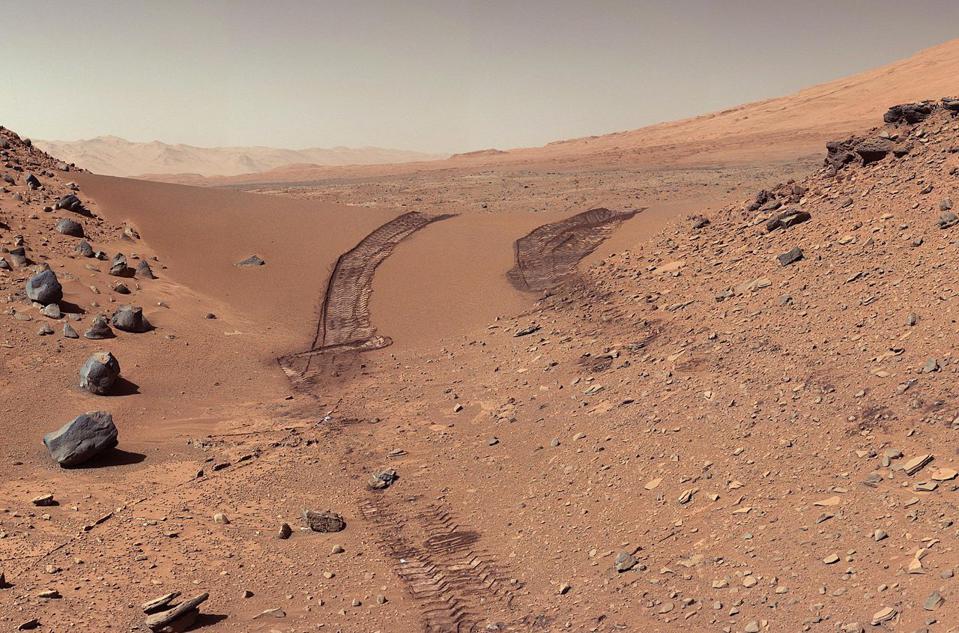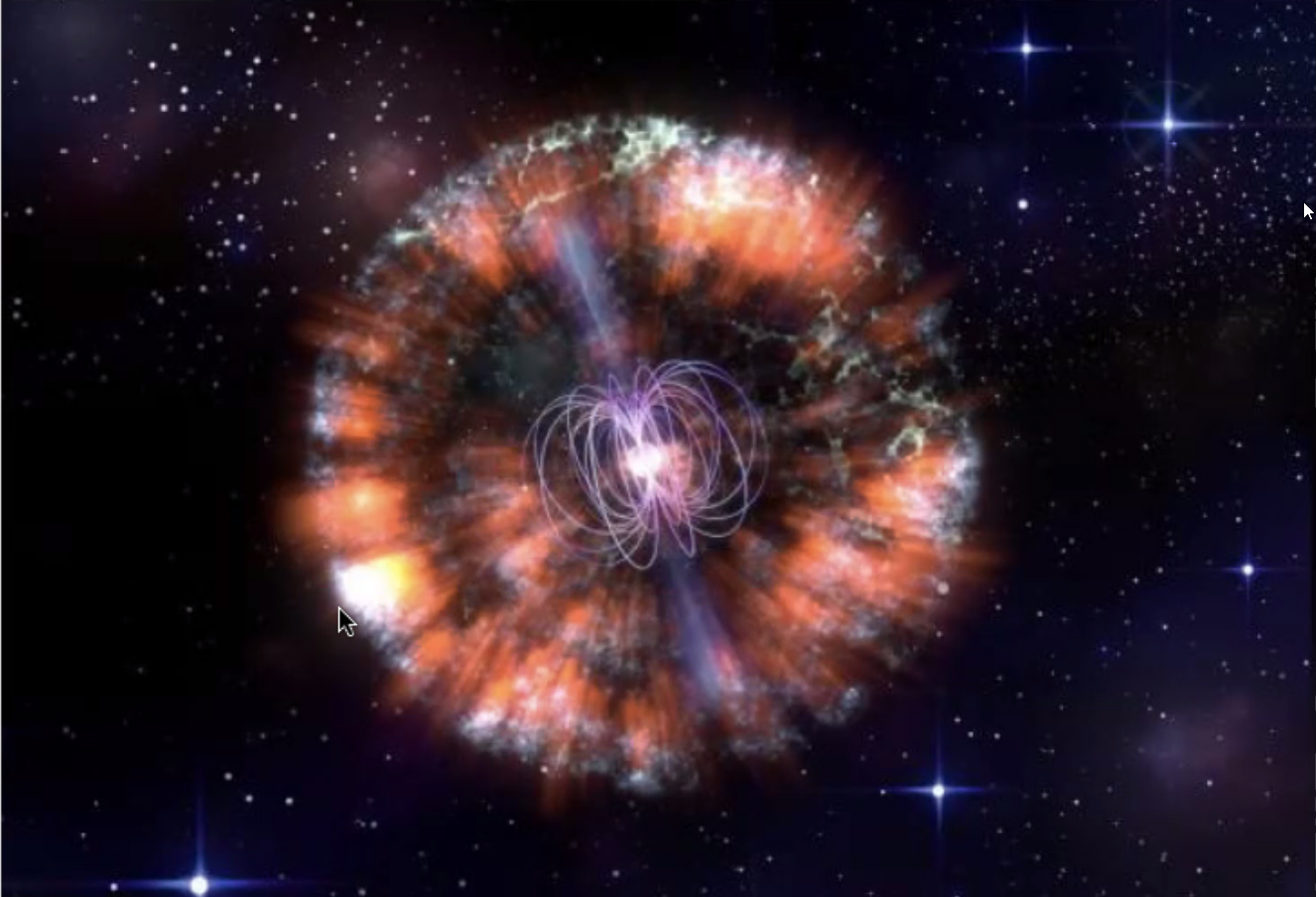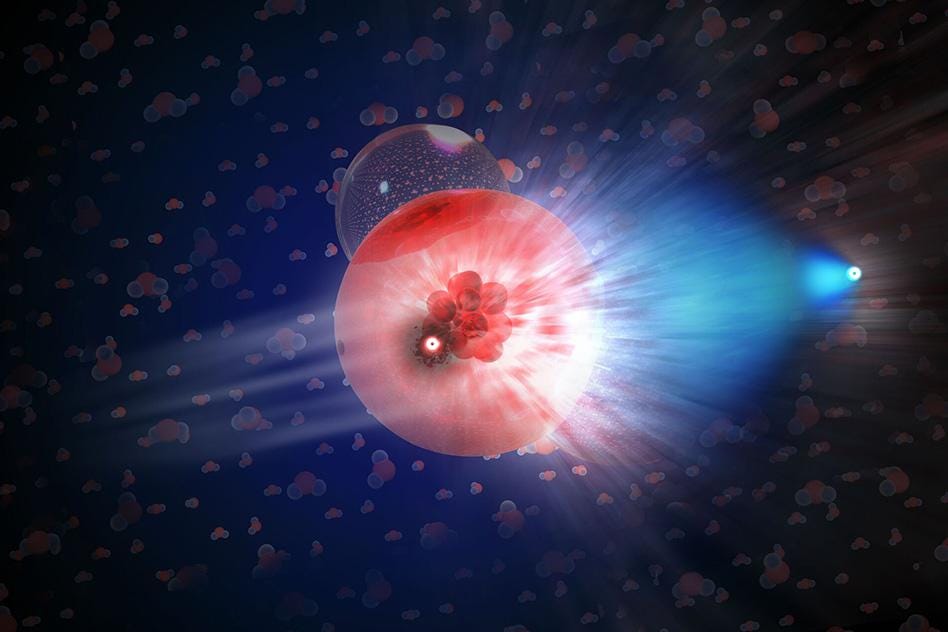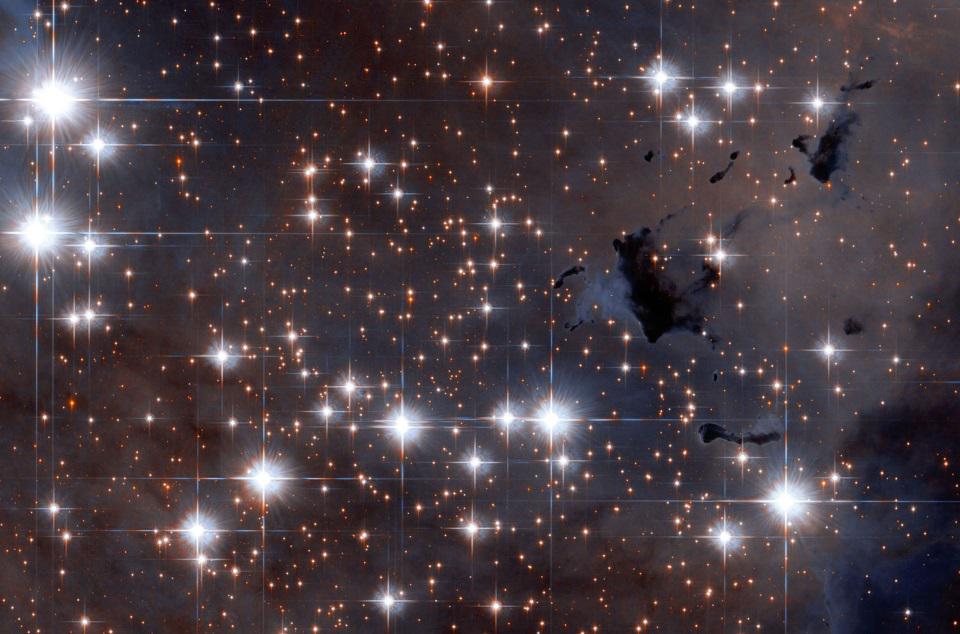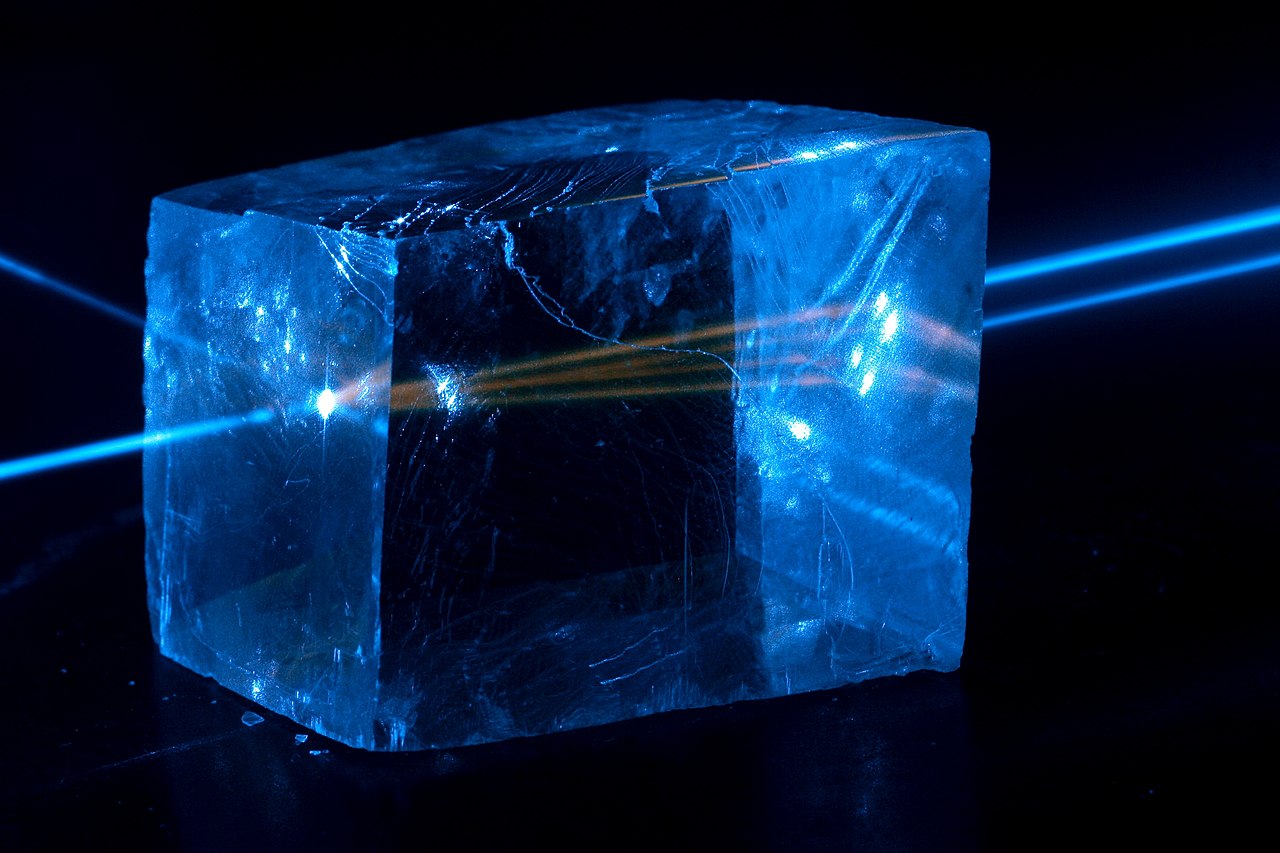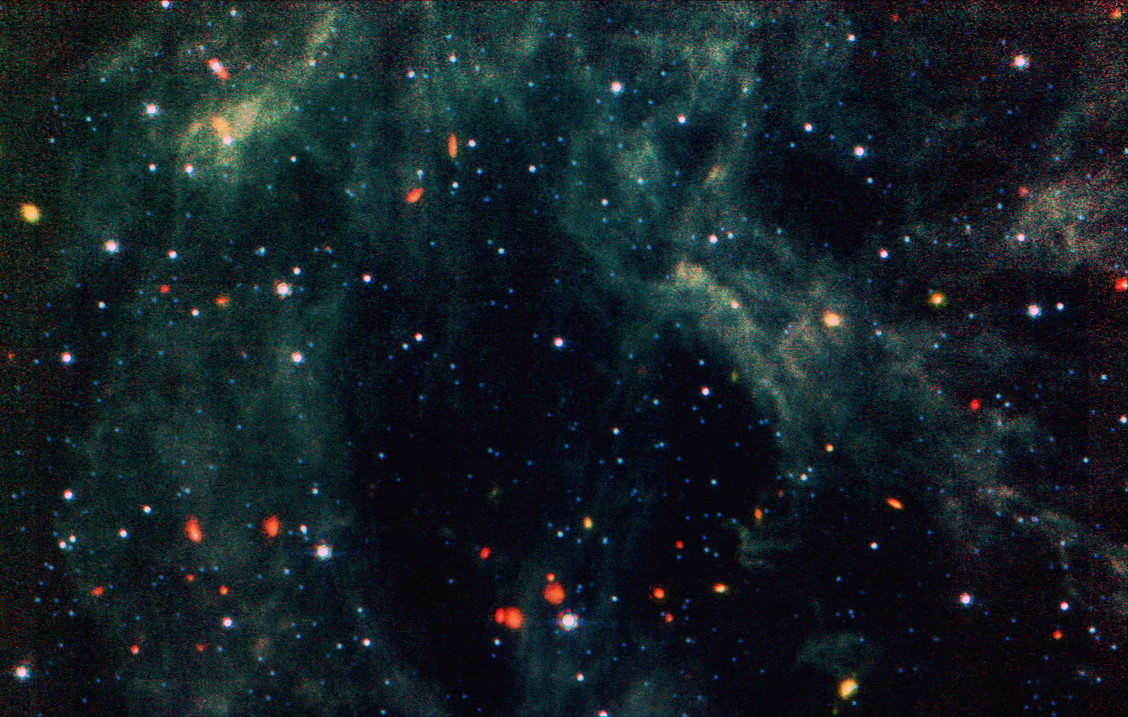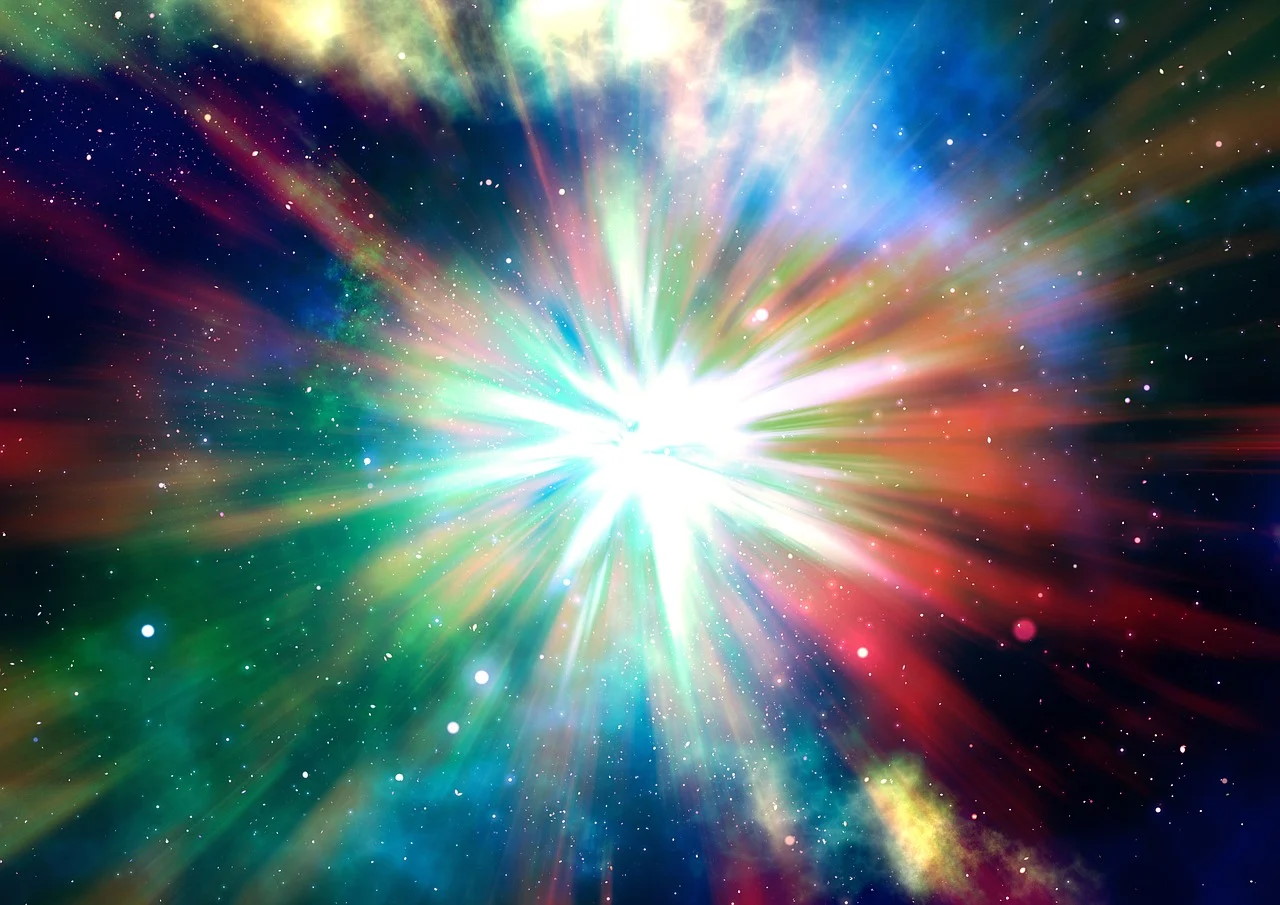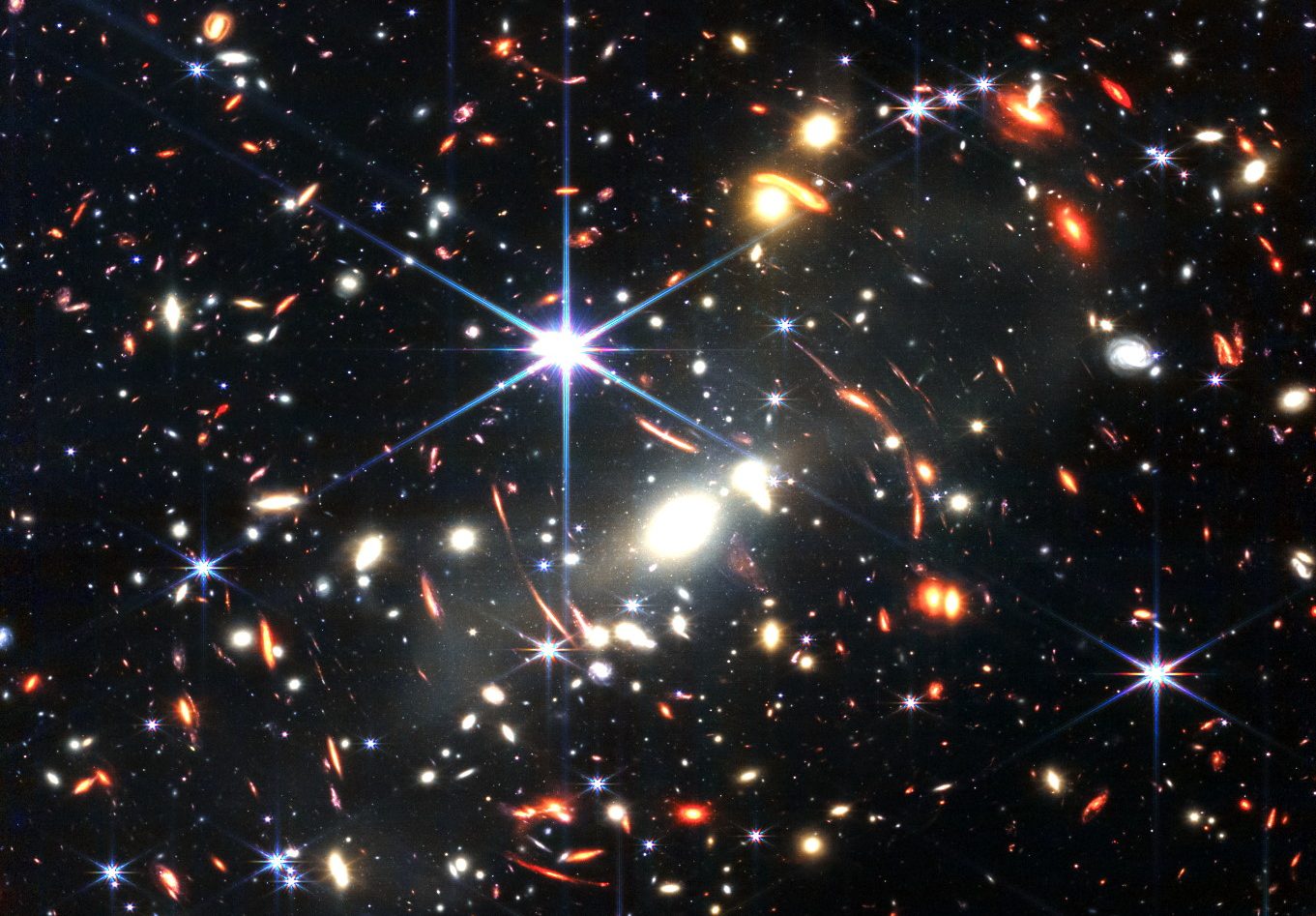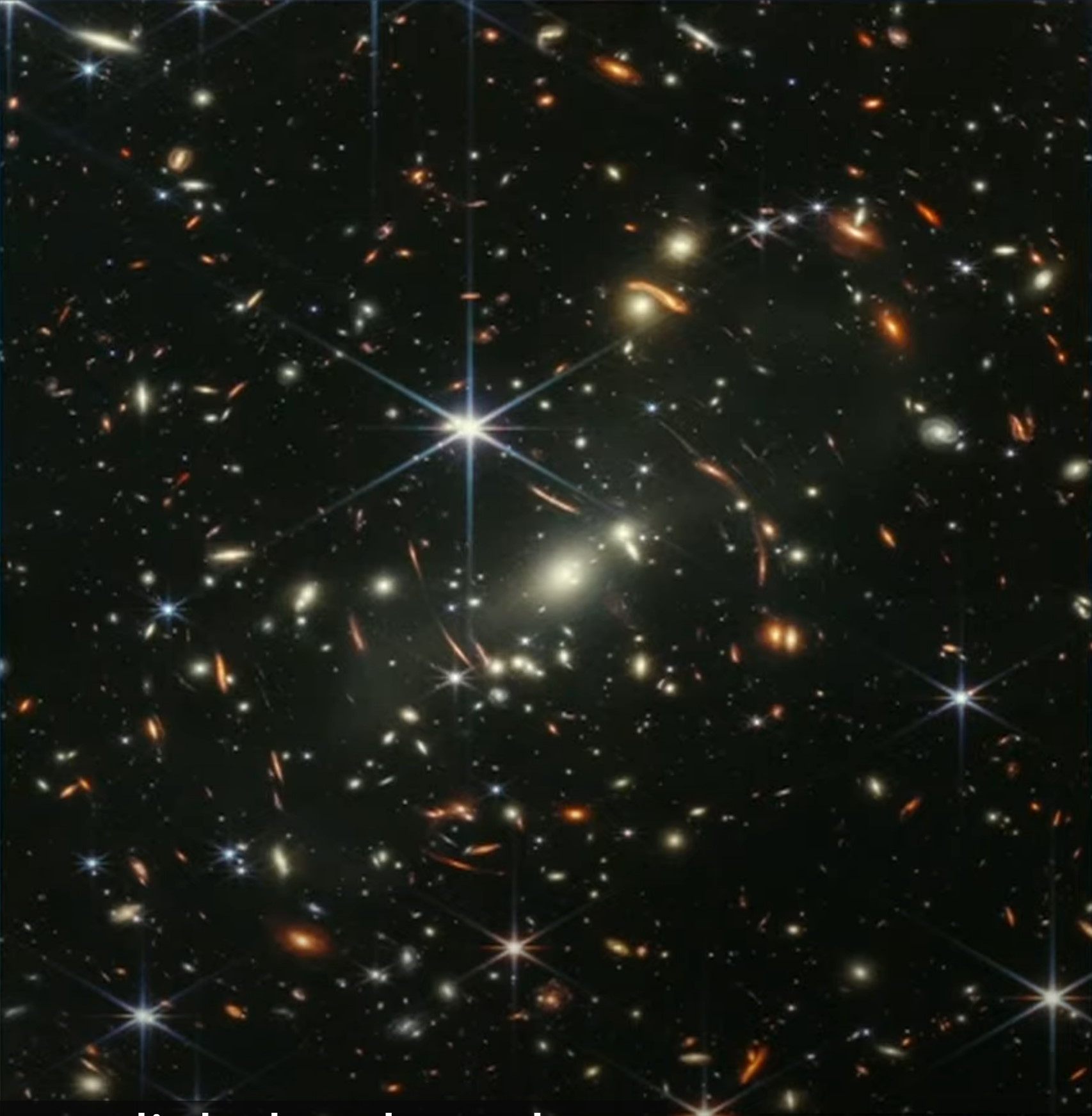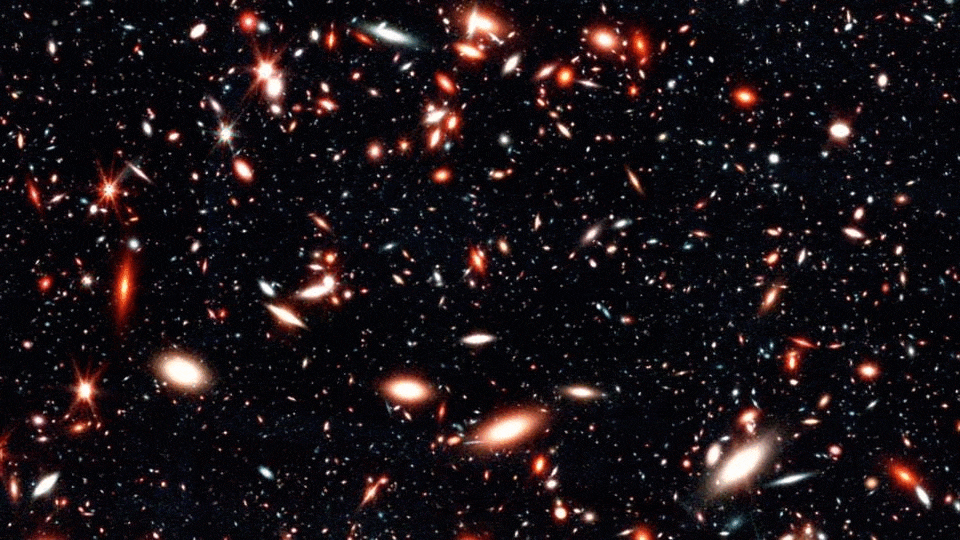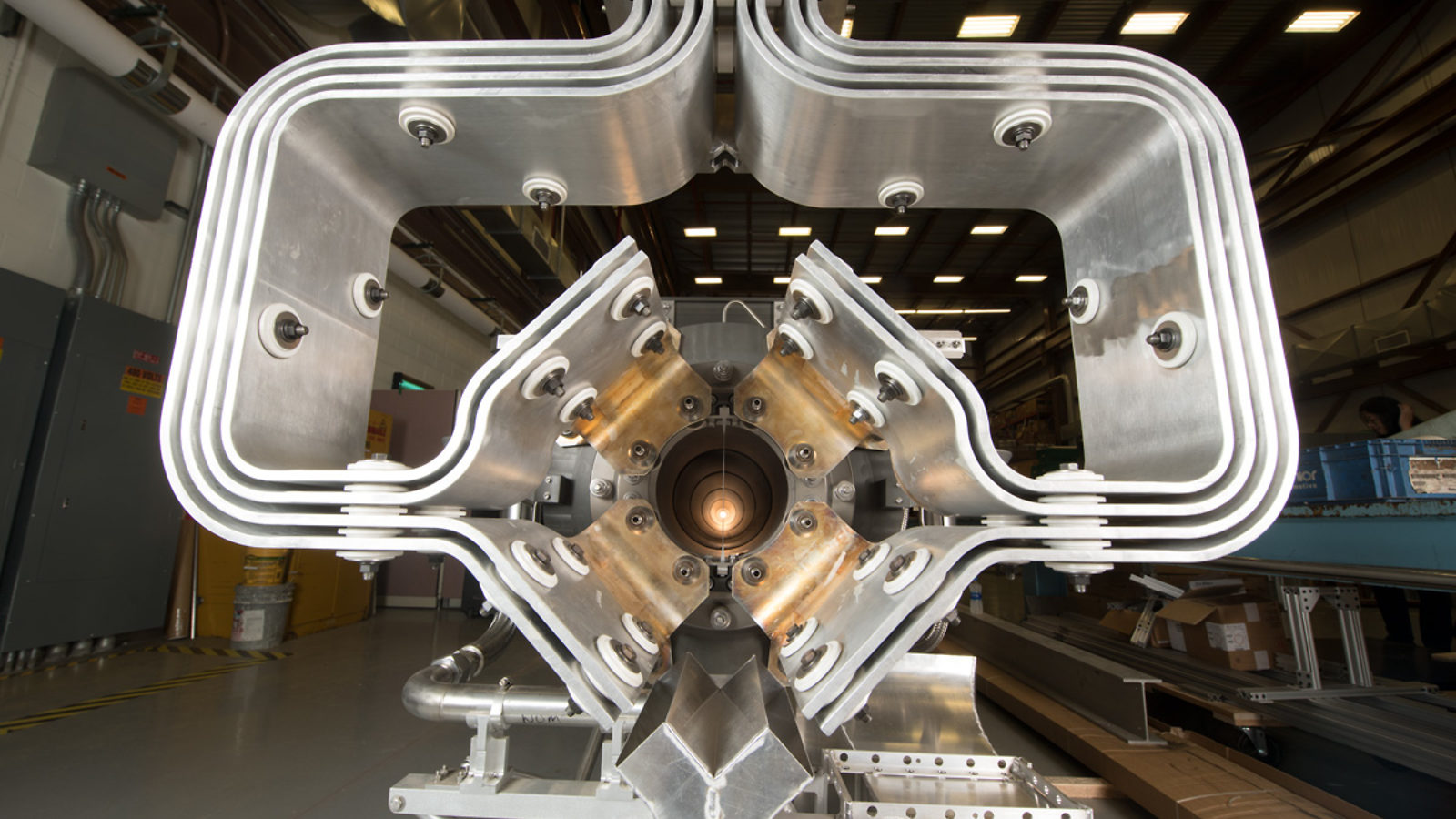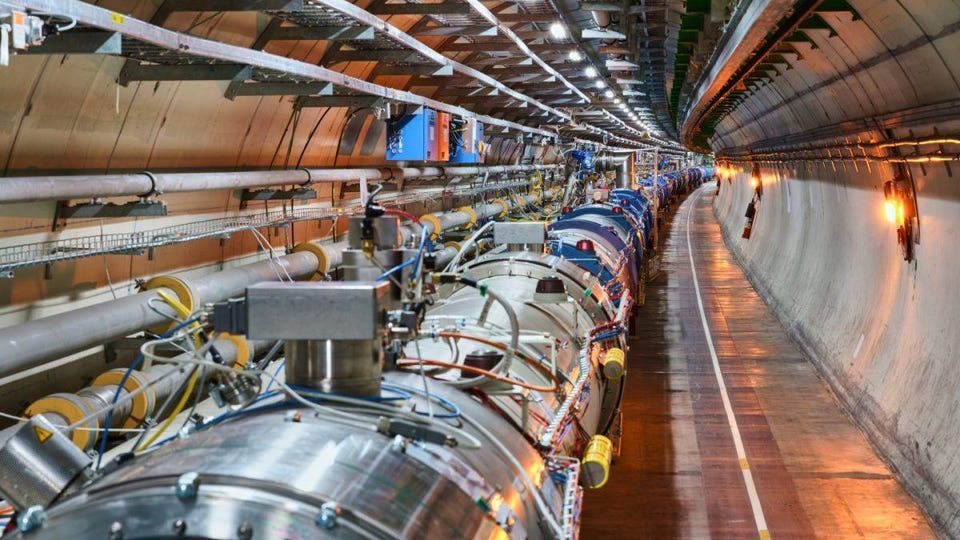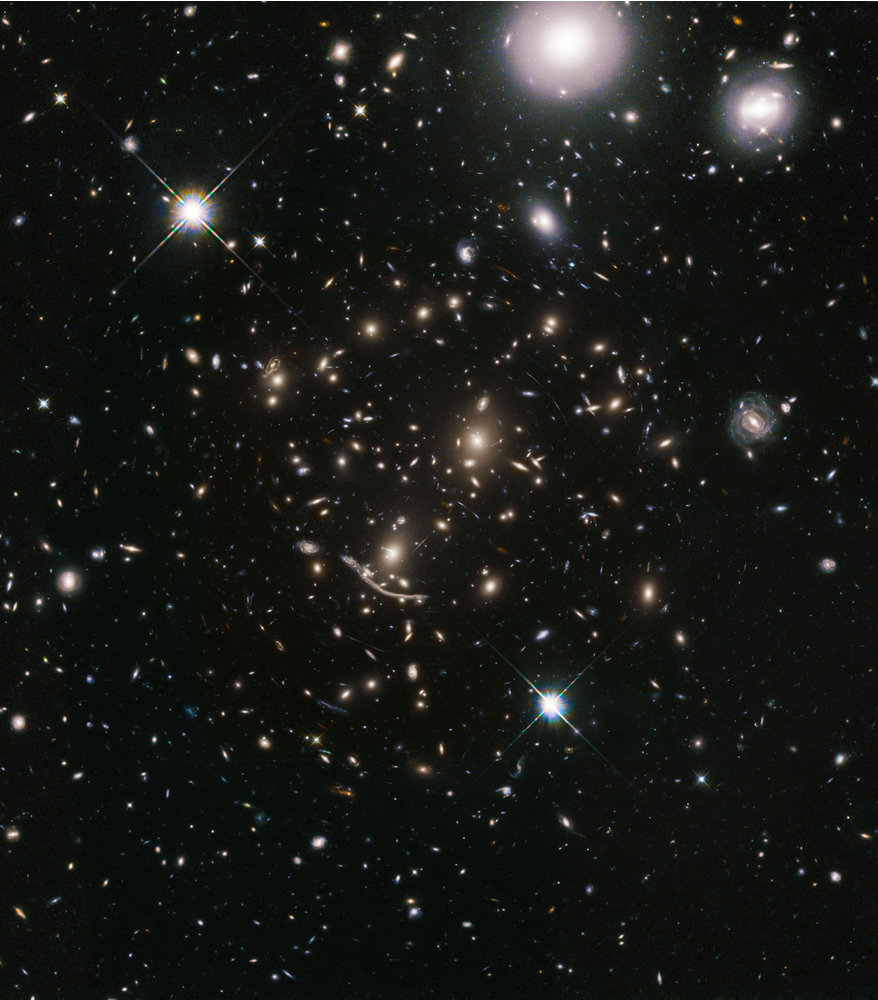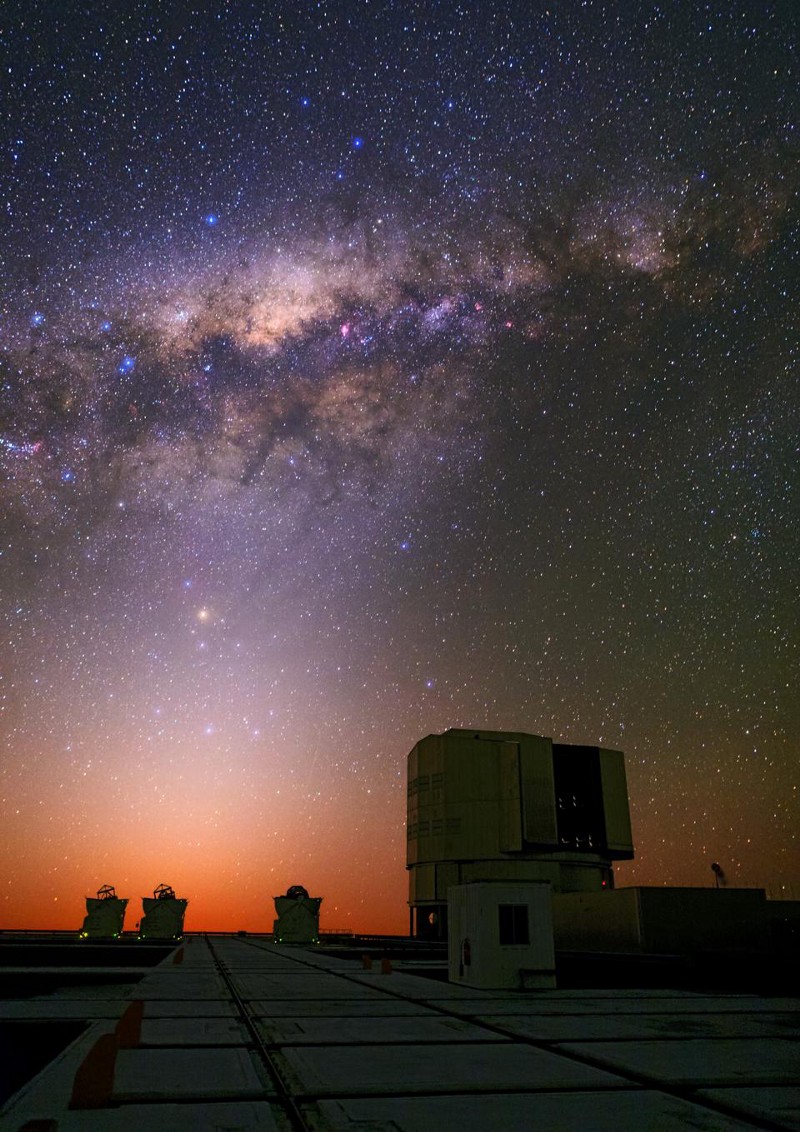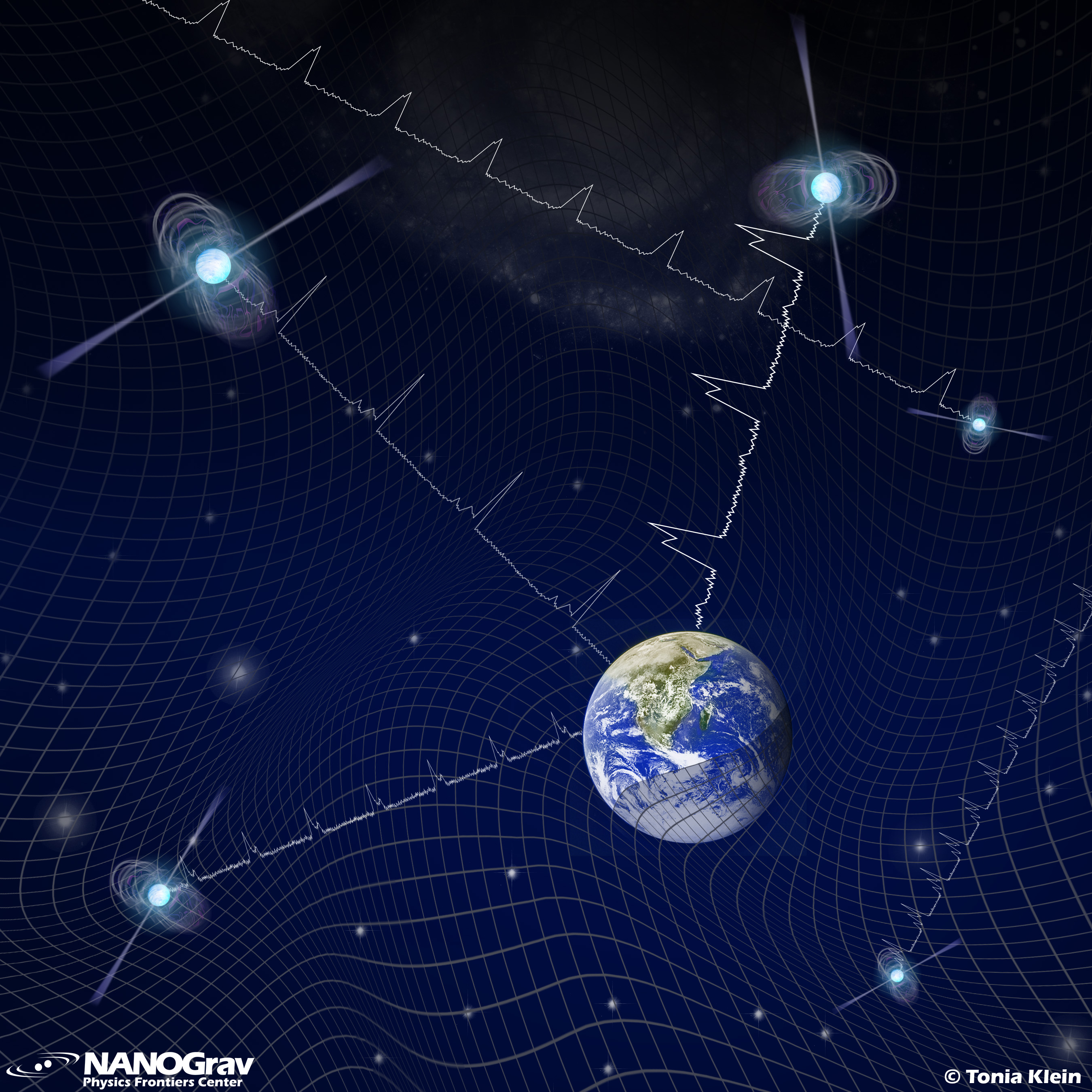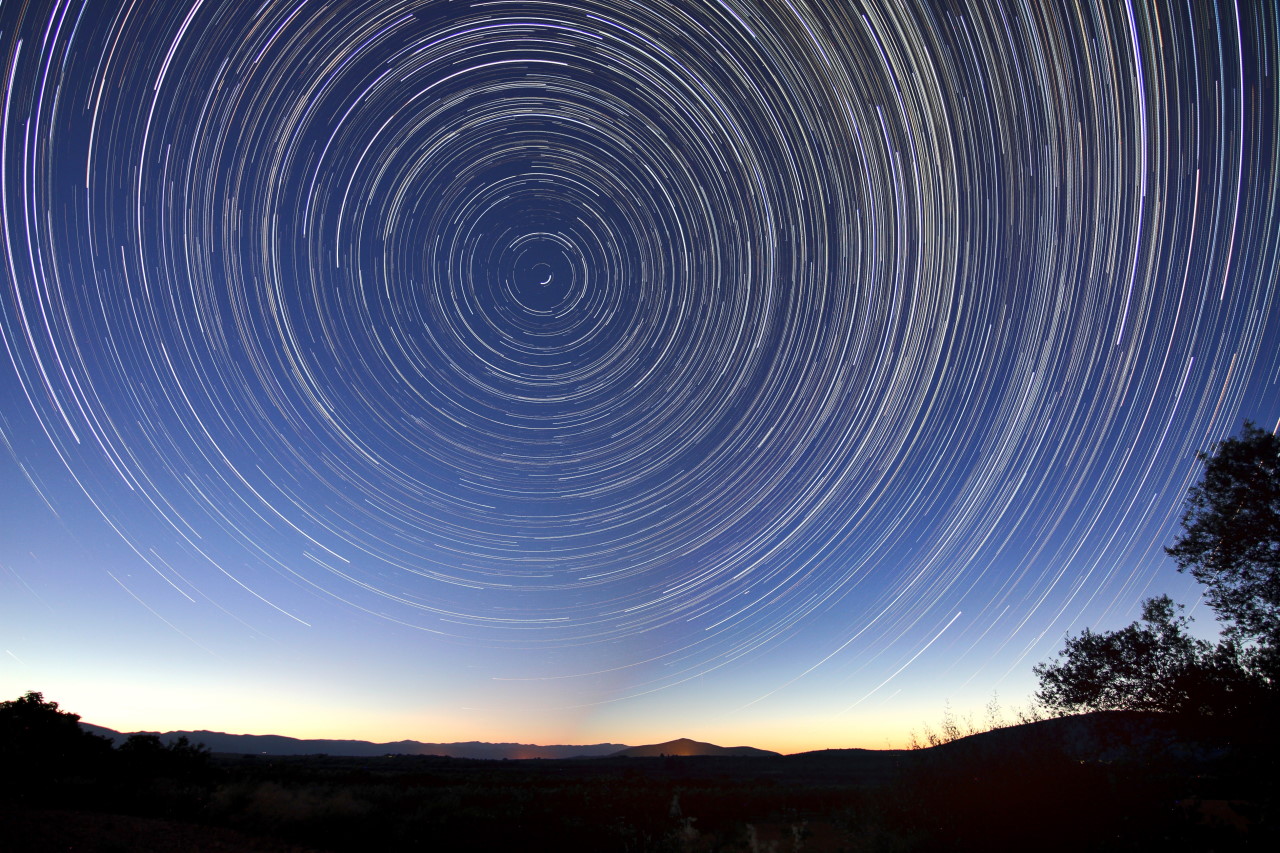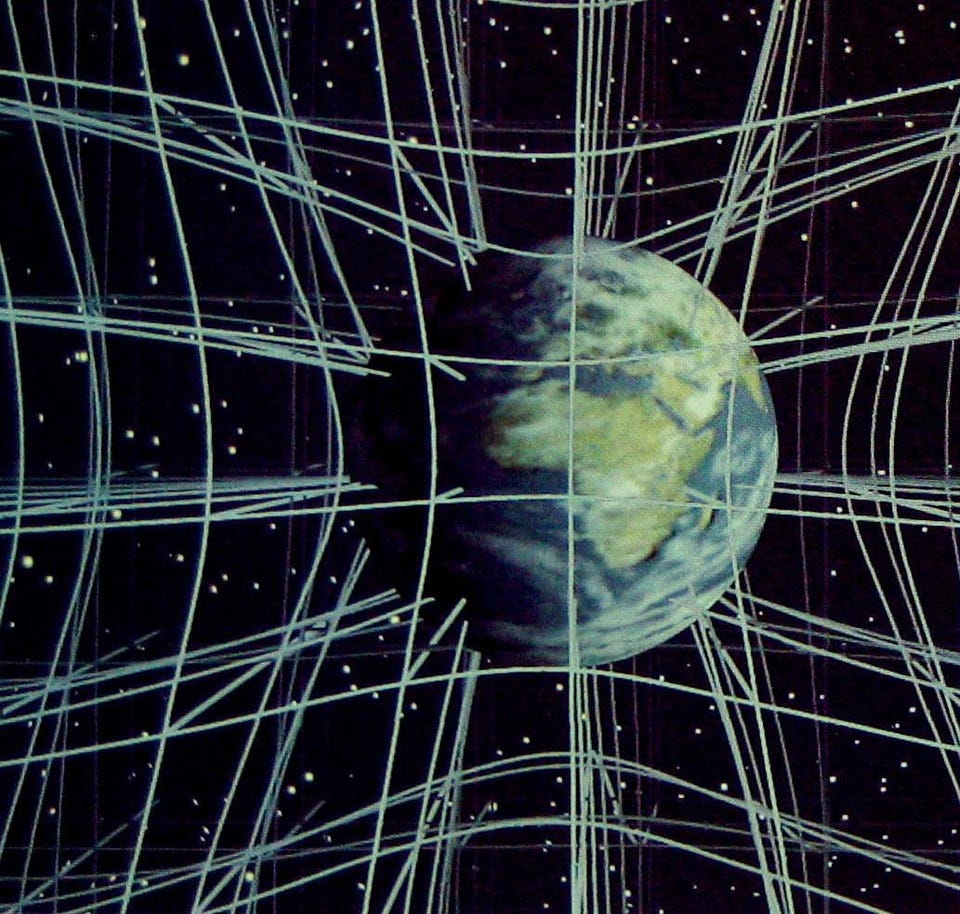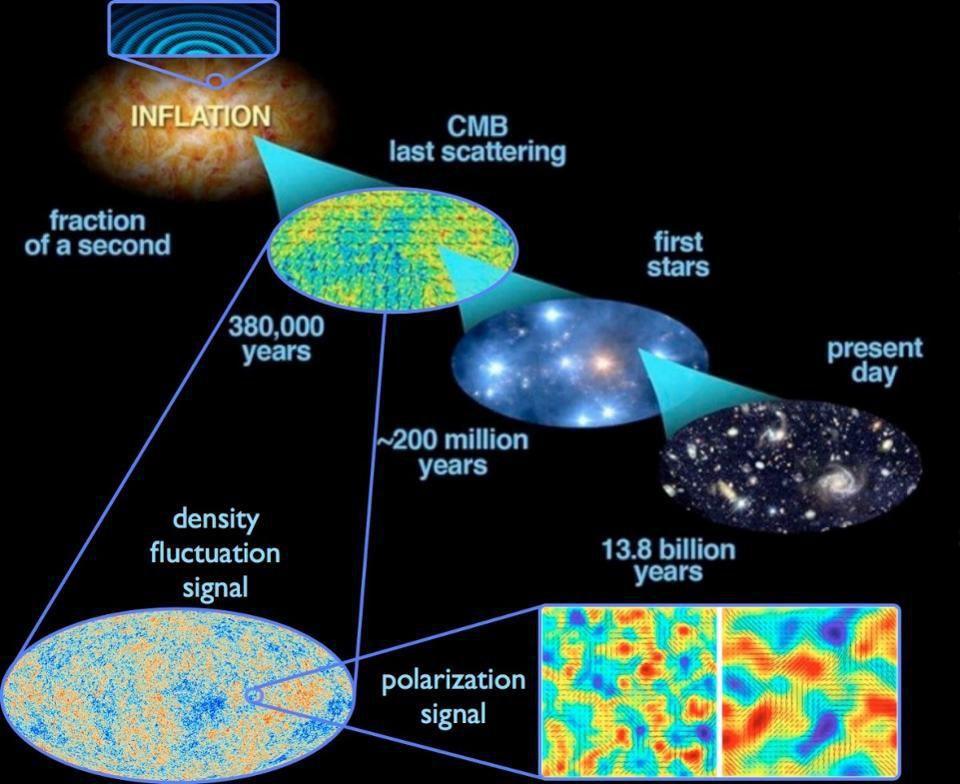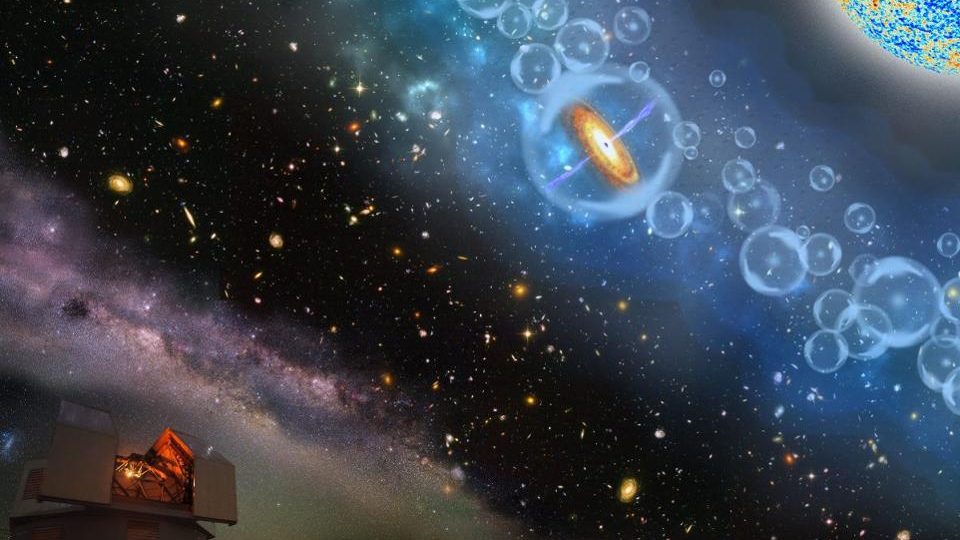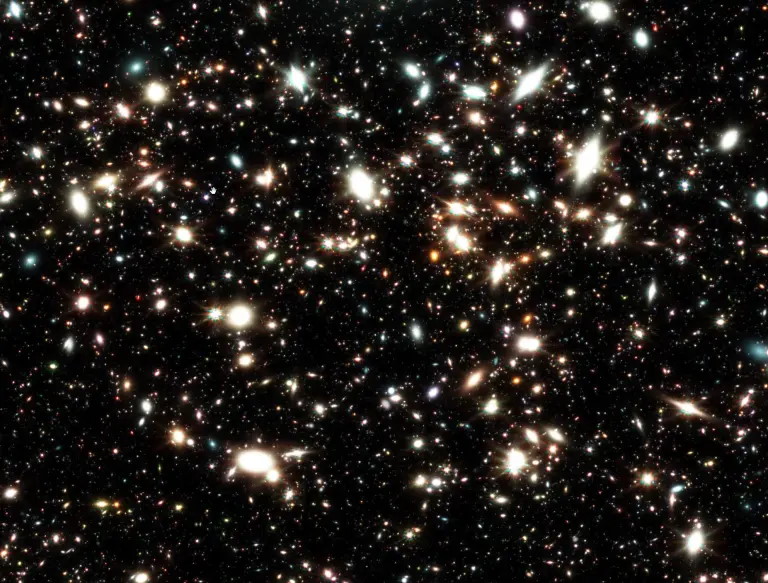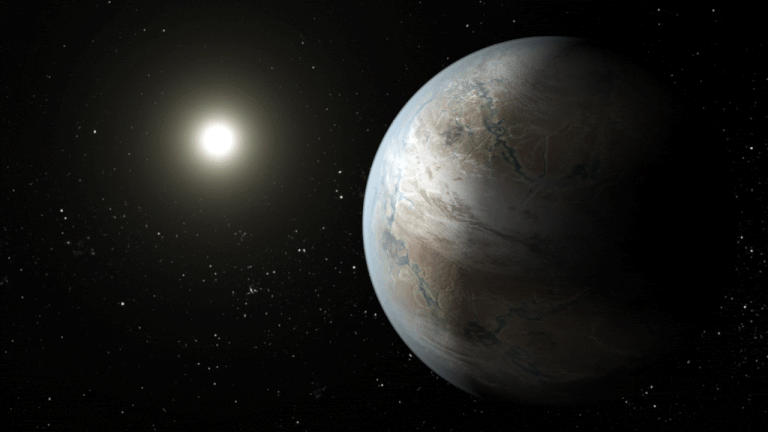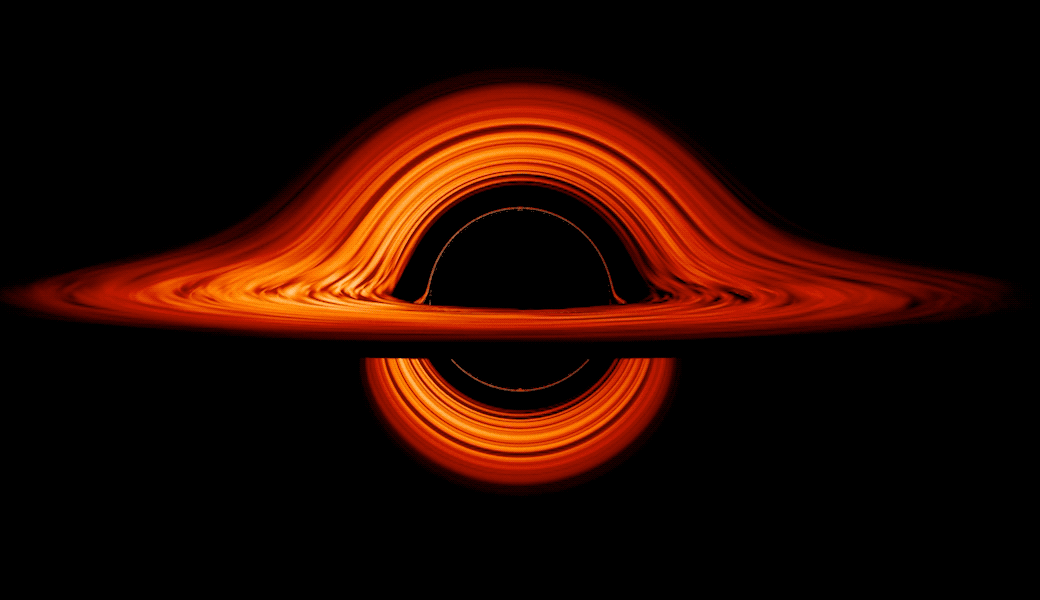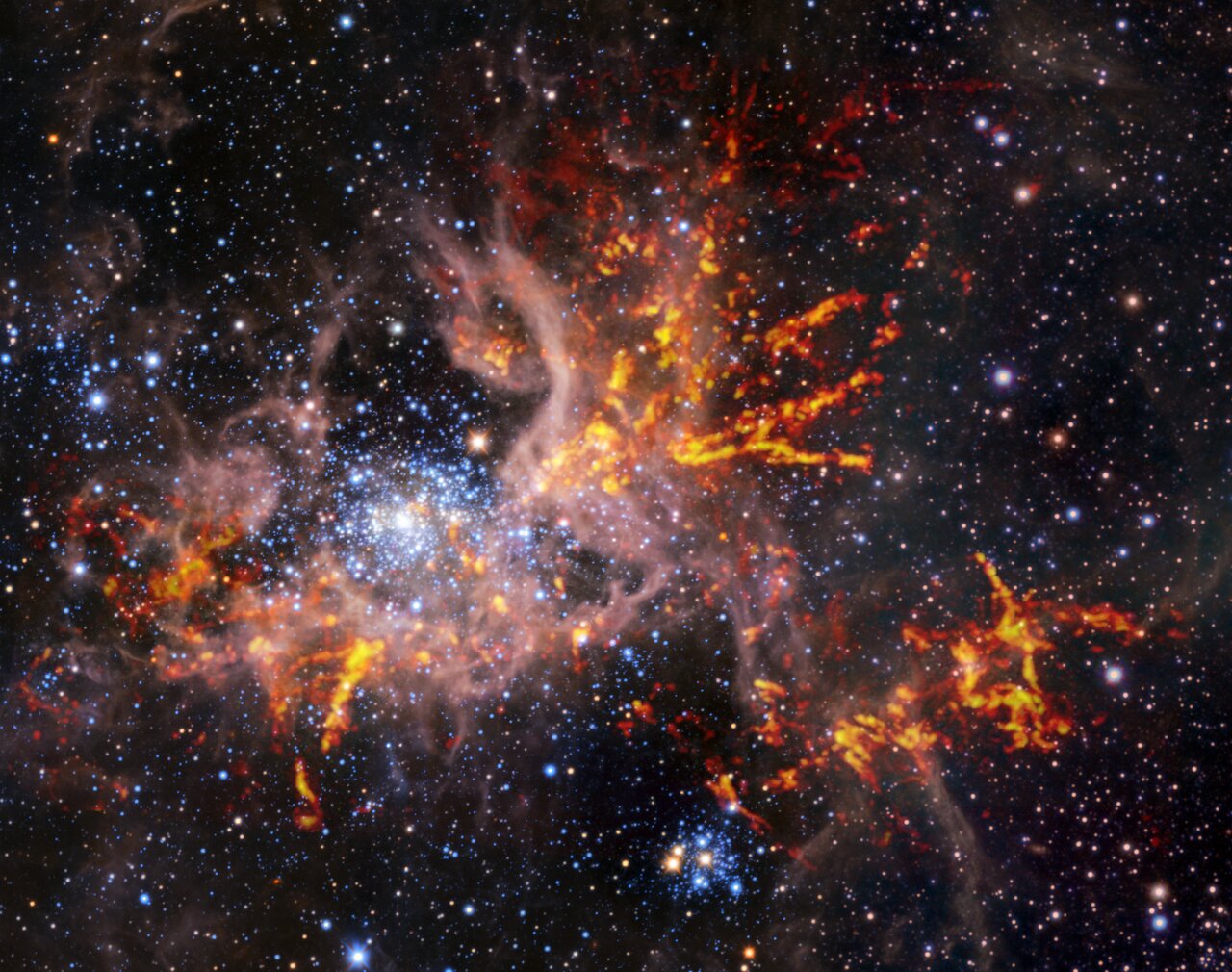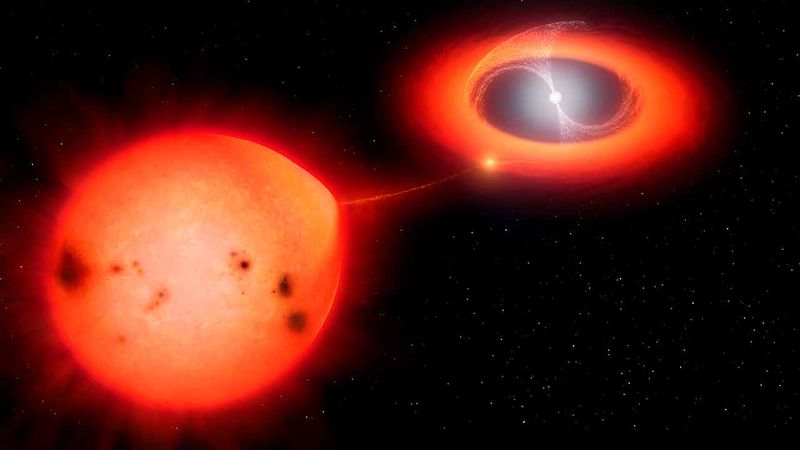
The Universe is out there, waiting for you to discover it.
Our mission: to answer, scientifically, the biggest questions of all.
- What is our Universe made of?
- How did it become the way it is today?
- Where did everything come from?
- What is the ultimate fate of the cosmos?
For countless generations, these were questions without resolutions. Now, for the first time in history, we have scientific answers. Starts With A Bang, written by Dr. Ethan Siegel, brings these stories — of what we know and how we know it — directly to you.
Get Starts With A Bang in your inbox
Featured
Why power generated through nuclear fusion will be the future, but not the present, solution to humanity’s energy needs.
It’s a strange idea to consider: that a tiny building block of matter, the atomic nucleus, holds the greatest potential for energy release.
And yet, it’s true; while electron transitions in atoms or molecules typically release energy on the order of ~1 electron-Volt, nuclear transitions between different configurations release energies a million times as great, on the order of ~1 Mega-electron-Volt.
Popular
From before the Big Bang to the present day, the Universe goes through many eras. Dark energy heralds the final one.
A wild, compelling idea without a direct, practical test, the Multiverse is highly controversial. But its supporting pillars sure are stable.
The surface and atmosphere is colored by ferric oxides. Beneath a very thin layer, mere millimeters deep in places, it’s not red anymore.
The first supernova ever discovered through its X-rays has an enormously powerful engine at its core. It’s unlike anything ever seen.
Just 13.8 billion years after the hot Big Bang, we can see 46.1 billion light-years away in all directions. Doesn’t that violate…something?
All Stories
Searching for dark matter, the XENON collaboration found absolutely nothing out of the ordinary. Here’s why that’s an extraordinary feat.
Even though the leftover glow from the Big Bang creates a bath of radiation at only 2.725 K, some places in the Universe get even colder.
We live in a four-dimensional Universe, where matter and energy curve the fabric of spacetime. But time sure is different from space!
There’s a speed limit to the Universe: the speed of light in a vacuum. Want to beat the speed of light? Try going through a medium!
Even at its faintest, Venus always outshines every other star and planet that’s visible from Earth, and then some!
Take a peek at the pre-release images used to calibrate and commission JWST’s coldest instrument, now ready for full science operations.
It started with a bang, but won’t end with one. Instead, it will “rage against the dying of the light” like nothing you’ve ever imagined.
Even with only 12.5 hours of exposure time, James Webb’s first deep-field image taught us lessons we’ve never realized before.
Now that it’s fully commissioned, the James Webb Space Telescope begins its exploration of the Universe. Here are its first science images!
With its very first deep-field view of the Universe now released, the James Webb Space Telescope has shown us our cosmos as never before.
The James Webb Space Telescope has chosen 5 targets for its first science release. Here’s what we know on the eve of JWST’s big reveal!
The neutrino is the most ghostly, rarely-interacting particle in all the Standard Model. How well can we truly make “beams” out of them?
Such massive, early supermassive black holes have puzzled astronomers for decades. At last, we’ve finally figured out how they form.
The way to understand the earliest moments of creation is to recreate those conditions and study them. Why would we stop now?
It’s the origin of our entire observable Universe, but it’s still not the very beginning of everything.
Looking up at the night sky gives us a glimpse of the Universe beyond our terrestrial concerns. Here’s what’s out there.
LIGO can detect the inspirals and mergers of the lowest-mass black holes, but not the biggest ones. Here’s how pulsars can help.
At all distances, the Universe expands along our line-of-sight. But we can’t measure side-to-side motions; could it be rotating as well?
From the explosions themselves to their unique and vibrant colors, the fireworks displays we adore require quantum physics.
1859’s Carrington event gave us a preview of how catastrophic the Sun could be for humanity. But it could get even worse than we imagined.
The idea of gravitational redshift crossed Einstein’s mind years before General Relativity was complete. Here’s why it had to be there.
No matter how beautiful, elegant, or compelling your idea is, if it disagrees with observation and experiment, it’s wrong.
The Universe is expanding, and the Hubble constant tells us how fast. But how can it be a constant if the expansion is accelerating?
There’s an enormous evolutionary advantage for flamingos to stand on one leg, but genetics doesn’t help. Only physics explains why.
Forget billions and billions. When it comes to the number of galaxies in the Universe, both theorists’ and observers’ estimates are too low.
There are billions of potentially inhabited planets in the Milky Way alone. Here’s how NASA will at last discover and measure them.
Do you think you know the Solar System? Here’s a fact about each planet that might surprise you when you see it!
With two different black hole event horizons now directly imaged, we can see that they are, in fact, rings, not disks. But why?
When stars form, they emit energetic radiation that boils gas away. But it can’t stop gravitational collapse from making even newer stars.
If you think you know how an astronomical nova works, buckle up. You’re in for a ride like you never expected.






